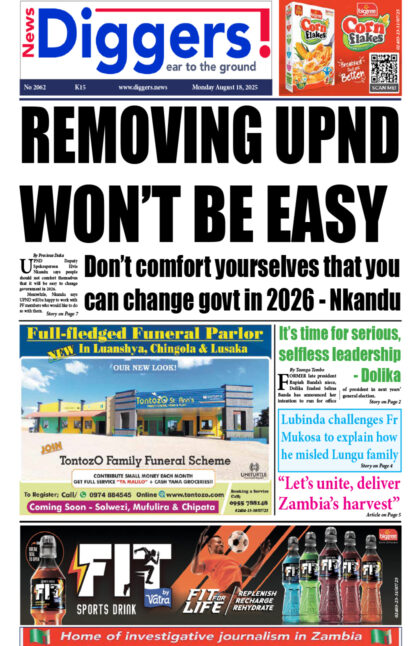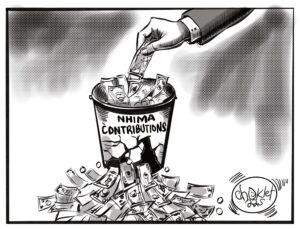ECONOMIST Noel Nkhoma says the excess liquidity in the economy is what is putting the Kwacha under pressure against major currencies like the US dollar. Nkhoma says the recent interventions by the Bank of Zambia are, however, meant to mop out that excess liquidity. Last week, the Bank of Zambia revised the statutory reserve ratio on both local and foreign currency deposits by nine percentage points to 26 percent from 17 percent. Speaking when he featured on ZNBC Sunday Interview programme, Nkhoma disagreed with the narrative that there was no liquidity in the economy. “The Kwacha value to convertible currency like a dollar is all anchored on what we call demand and supply. So we have seen that there is...
























